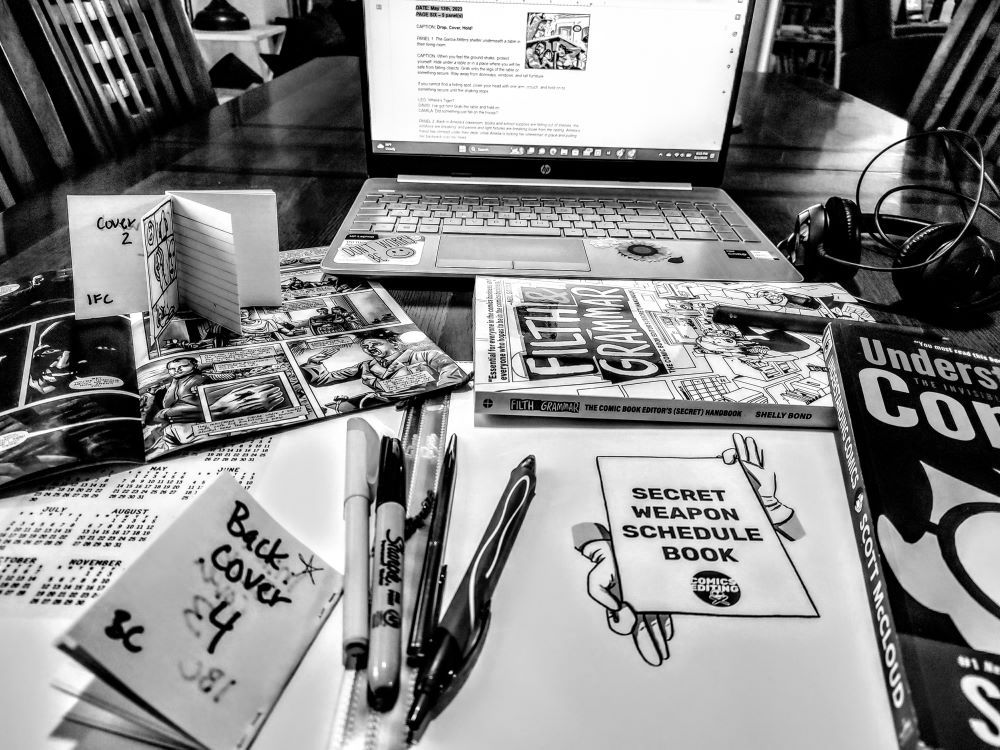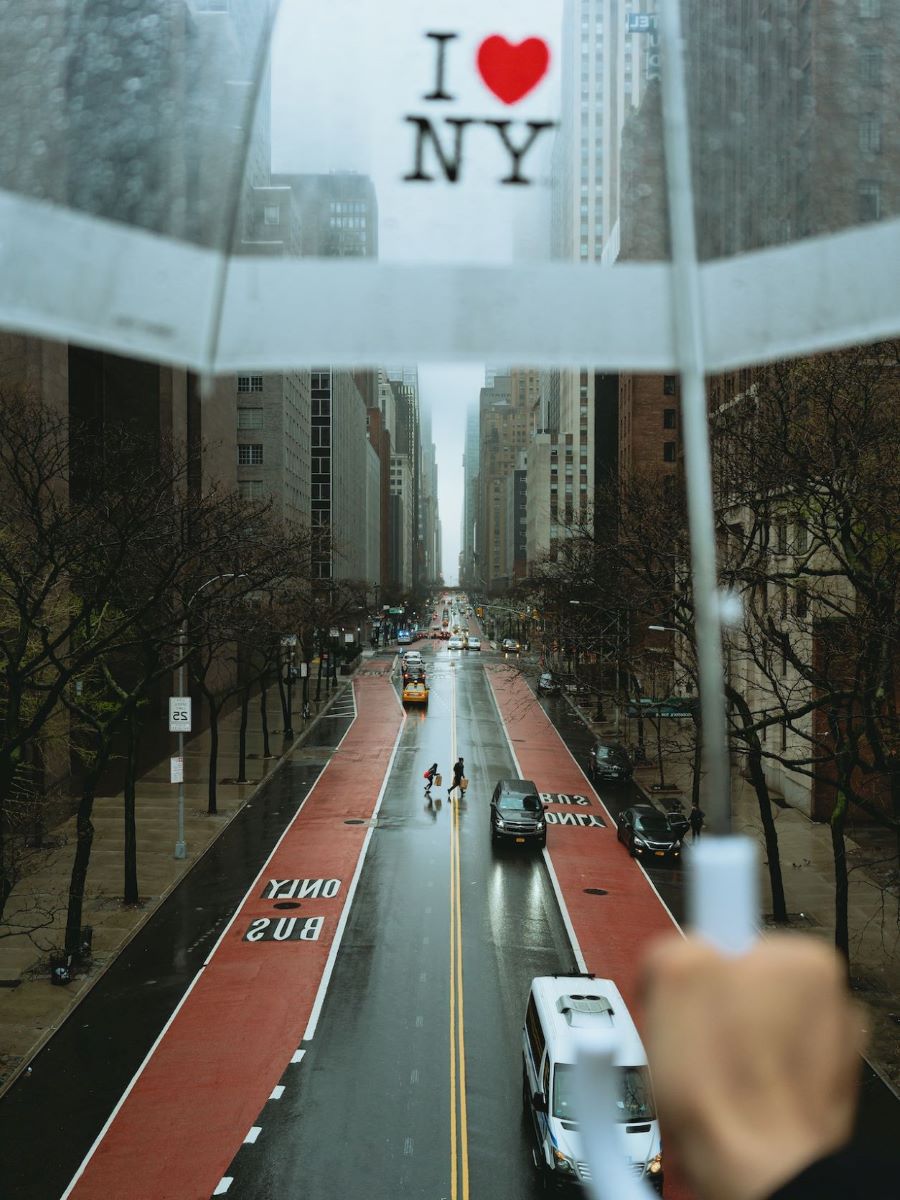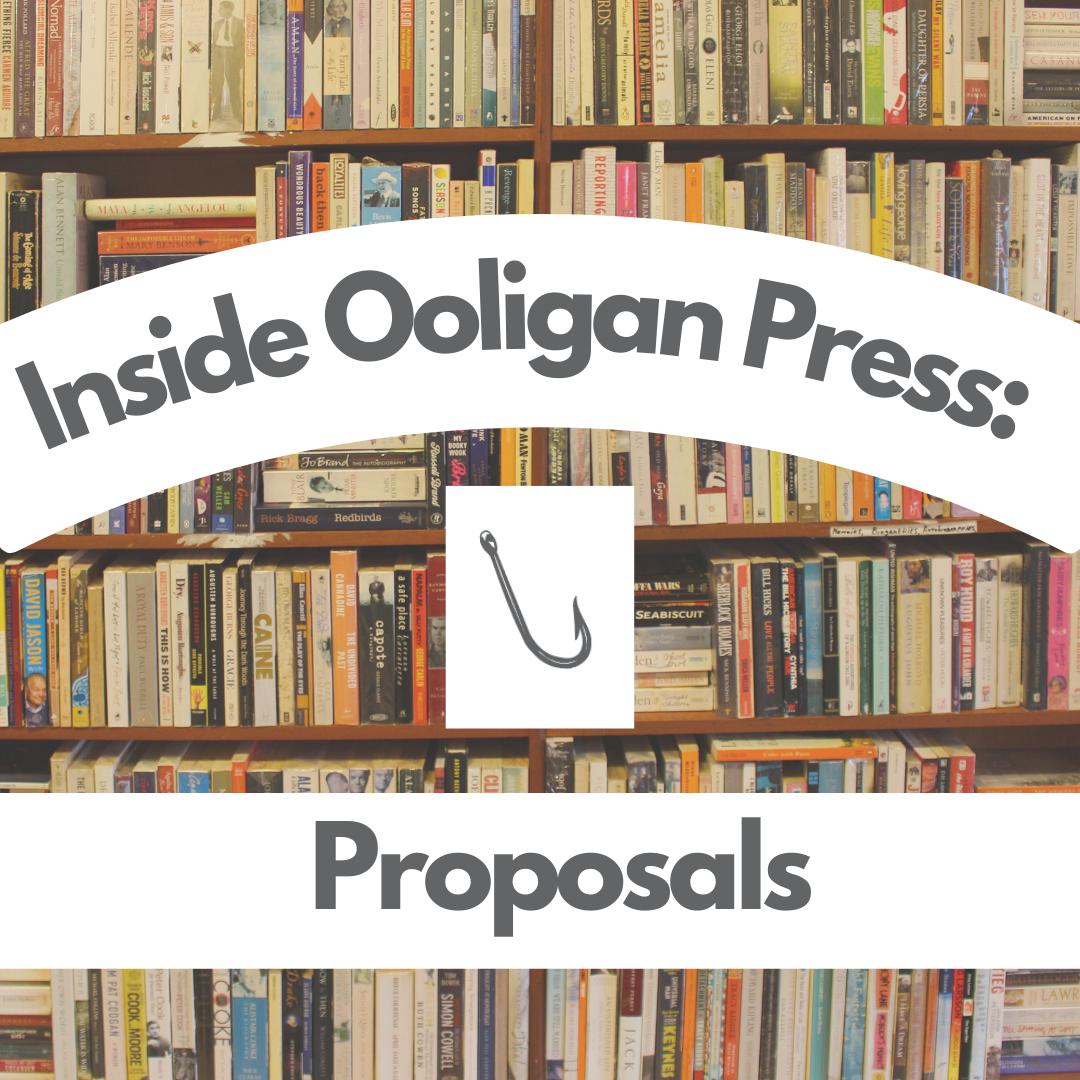What Have I Done: Acquiring Ooligan’s First Comic Book
When people learn about what we’re doing, entering the world of comics with no experience, with only logical reasoning and a sincere desire to learn spurring us on, I generally get two reactions: enthusiastic delight or doubtful dissuasion.



